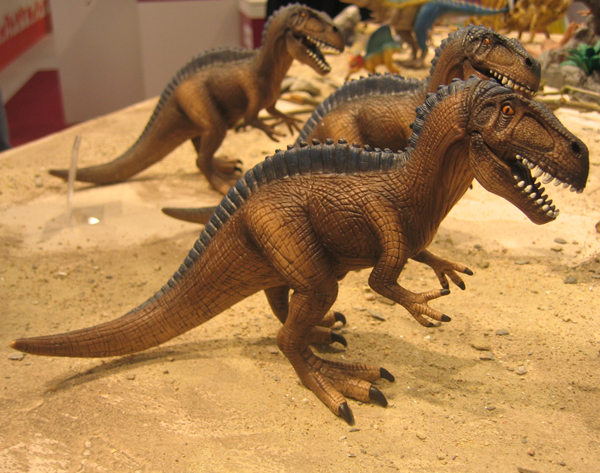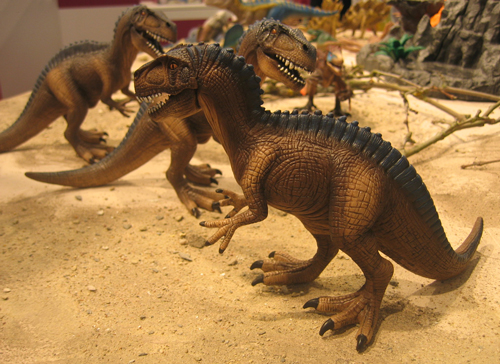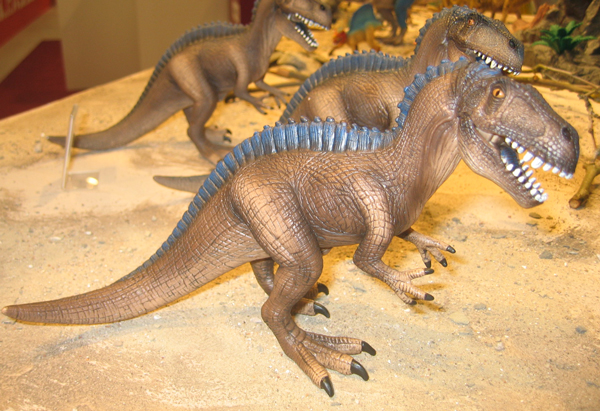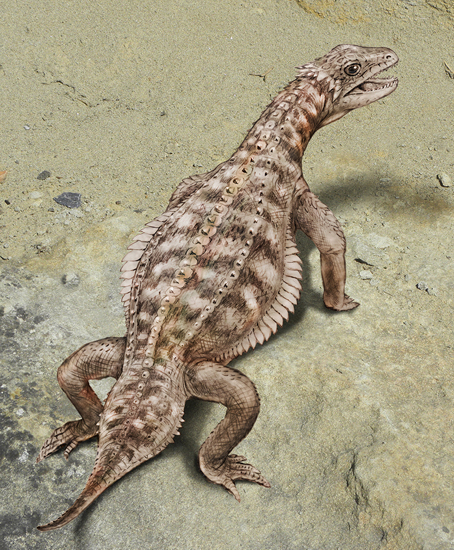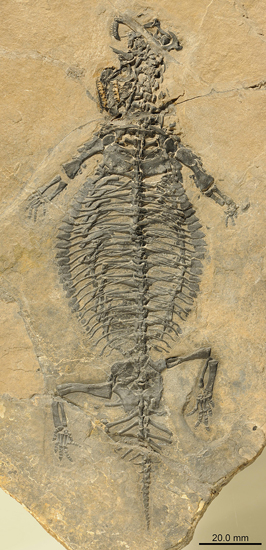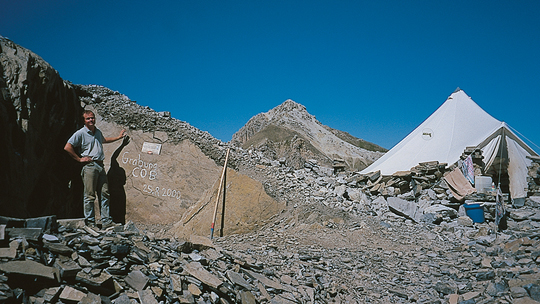Schleich Introduces a New Dinosaur Model
The Schleich Acrocanthosaurus
The German figure and model manufacturer Schleich have introduced a new dinosaur model into their “The First Giants” model range and this dinosaur model is great for imaginative, creative play. The Schleich Acrocanthosaurus (pronounced Ack-row-can-tho-sore-us), stands nearly fifteen centimetres high and it measures a fraction over twenty-five centimetres long, an ideal size for little hands.
The New for 2017 Schleich Acrocanthosaurus Dinosaur Model
Picture credit: Everything Dinosaur
A Tactile Schleich Acrocanthosaurus Dinosaur Model
The skin texture of this dinosaur model is fantastic. The rough scales are very tactile and the Schleich Acrocanthosaurus is great for sensory play. We had a go at making some “dinosaur tracks” in sand, the large feet on this replica seemed particularly suited to this type of exploration themed activity. Designed for children from three years and upwards this model of a big, meat-eating dinosaur certainly proved very popular with the younger dinosaur fans we met recently.
Playing in the Sand with an Acrocanthosaurus Dinosaur Model
Picture credit: Everything Dinosaur
A Stable Dinosaur Model
The Schleich Acrocanthosaurus dinosaur model stands up very well. The feet have been made a little oversized to help young children and the sturdy tail rests on the ground, providing three areas of support for the replica. The children had no problem handling this dinosaur and they encountered no issues at all with getting the model to stand up, even on the rough sand.
Many dinosaur models are created with the tail lifted off the ground. This might be the correct anatomical position as far as a palaeontologist is concerned, but for very young children, this can cause problems as they struggle to get the dinosaur to stand up. No such problems with the Schleich Acrocanthosaurus we are happy to report. This is one robust and very child friendly dinosaur model!
Everything Dinosaur stocks a huge range of Schleich prehistoric animals, including the new for 2017 Schleich Acrocanthosaurus, to view this range: Schleich Dinosaur and Prehistoric Animal Models.
The Schleich Acrocanthosaurus
Acrocanthosaurus was a carnivorous dinosaur that lived during the Cretaceous period and its fossils have been found in the United States of America. Although, not as widely known as the famous Tyrannosaurus rex, this dinosaur may have been nearly as big. It was certainly a ferocious predator and palaeontologists have even found giant, three-toed footprints that they have assigned to this genus. Although a predatory dinosaur, we note the attention to detail and care, for example, the teeth in the model are big, will resist tugs and pulls from budding young palaeontologists but these teeth are blunt, so they are unlikely to prick little fingers.
Dinosaur Models in the Sand
Picture credit: Everything Dinosaur
Children love playing with dinosaurs and the Schleich Acrocanthosaurus ticks all the boxes when it comes to finding a suitable, large dinosaur model to help encourage exploratory learning and creative, imaginative play.
Visit the award-winning Everything Dinosaur website: Everything Dinosaur.


